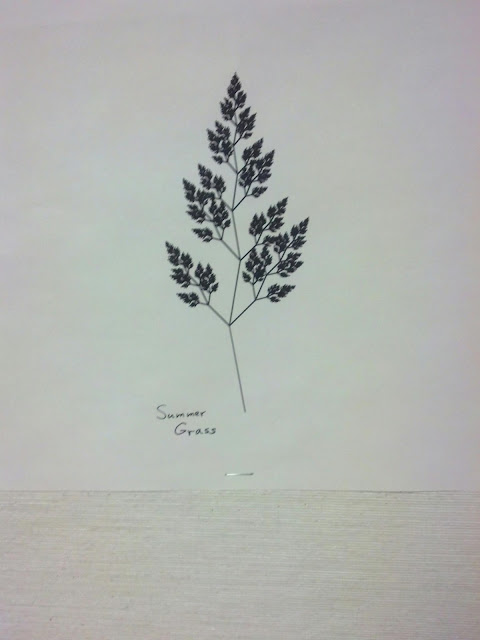Thus far, the actual happenings of this project have been somewhat hidden as the technical details of whats going on have been stripped away. This post is a 'peek behind the curtain'.
My experience thus far has been that the road is rocky; the solution to one problem is the cause of the next, or that another unforeseen challenge is but a few lines away. When smoothed out the progress looks slow, but then again the British coastline is not merely 11,072.76 miles long.
> The coastline is often considered a fractal, and infinitely long. Consider a small peninsula - from a satellite's
> view you might not see the feature and trace over the peninsula, affording it no length in the coast line. If
> you look more closely, however, that peninsula adds distance. Now look even more closely, and add the
> distance created by the features of the rocks, of the sand, even of the crystals that make up the sand.
Perl v10.what?
One of the first issues I grappled was that of a misleading spec on my web host's site - they claimed to be running a later version of Perl than was being called by default, causing the following error:
Sequence (?|...) not recognized in regex; marked by <-- HERE in m/((?| <-- HERE empty \( ([^)]+) \)
| empty \s+ ([^\s&|)>]+)
| notempty \( ([^)]+) \)
| notempty \s+ ([^\s&|)>]+)
| equal \( ([^,]+)\s*,\s*([^)]+) \)
| notequal \( ([^,]+)\s*,\s*([^)]+) \)
| \s+OR\s+
| \s+AND\s+
| \s+
at ../../sfwc/sfwc line 1480.
Can't GRANT me SUPER
My host gives me three database accounts per databsae by default... which don't really line up with the required permission levels for SAFE. Many of the SAFE features rely on individually GRANTing access within the database -- a command that none of those three users can execute. SAFE also tries to create VIEWs with DEFINERS set, requiring the SUPER privilege (which I don't have, and clearly can't GRANT myself.)
Template Page
The template has been copied into my SAFE installation and is running on a generic page! I need to separate the parts of the page into FUnits (sidebar, header, footer, content area, and activated content modules.) This came only after some wrestling with CSS inclusions, database errors (these were never 'resolved'... they just disappeared) and some updates. SAFE was not initially designed to run in directories that are children of the web root and needed some updating to make it work.
Research?
I have have familiarized myself with the basics of WebGL and have modified some of the example pages. My next adventure will be to draw thick lines with geometery shaders... features that arent provided by WebGL.
Apps
Of the three apps I am adding to this site, one is already done (only minor feature additions are required, such as snapping points to grids.) Once the template is 'expanded' I will dump the ChaosGame code into an FUnit and integrate it!
Files/Saving
One of the advantages of the new framework is that users aught to be able to save their files.... These features might be added to chaos game in parallel to the implementation of the other two apps.
When can I see this?
Good question. Once SAFE is updated to work on my host, I'll blast it up for all to see and use!
I'll periodically post these 'Behind the Curtain' posts with some technical insight for those interested. For the rest of you, pretty pictures are on their way!
Istvan.












.png)

